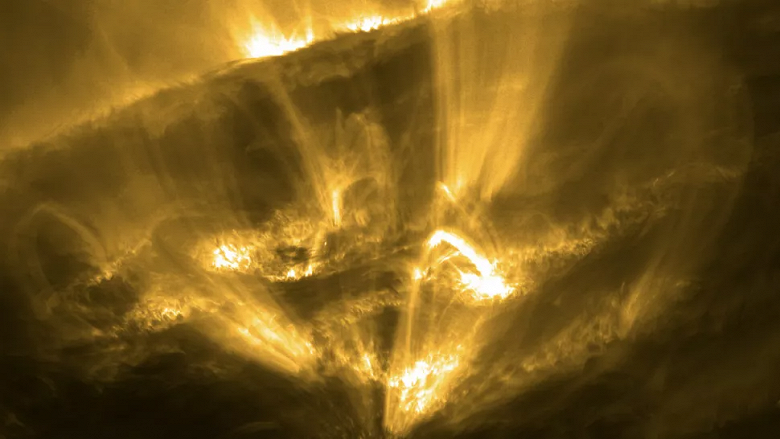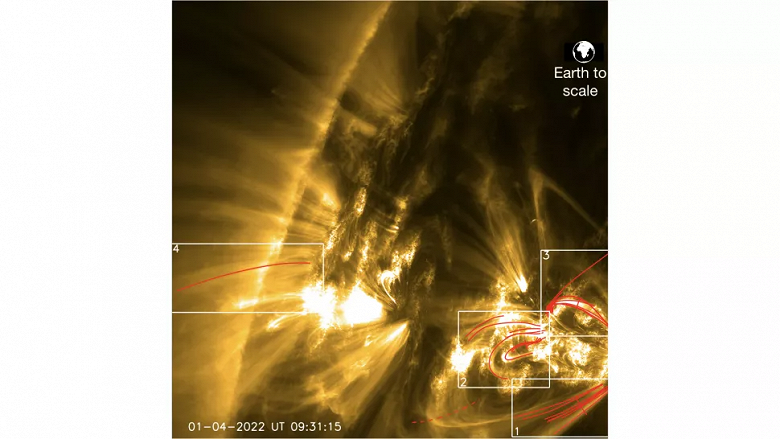Detection of coronal rain is a huge step forward for heliophysics
A team of astronomers from several European institutions, led by Northumbria University in Newcastle, have been able to observe never-before-seen meteor-like fire streaks that seem to fall on the surface of the Sun. This was reported by the Royal Astronomical Society (The Royal Astronomical Society).

Observations from the European Space Agency’s Solar Orbiter (SolO) have revealed the so-called coronal rain, a type of solar prominence that resembles meteor showers on Earth.
If humans were alien creatures capable of living on the surface of the Sun
Heliophysicist and associate professor Patrick Antholin of Northumbria University and lead author of the discovery said:
If humans were alien creatures capable of living on the surface of the Sun, we would be constantly rewarded with stunning views of shooting stars, but we would need to watch our heads!
Of course, the similarity here is very arbitrary. Starfalls, or meteor showers, on Earth are fragments of cosmic dust, rocks, or small asteroids that enter the atmosphere at high speeds and burn up to create streaks of light. Coronal rain is giant clumps of plasma falling onto the surface of a star at incredible speed.

Rapid temperature changes produce superdense plasma clumps, reaching a diameter of 250 kilometers. These fireballs fall back towards the Sun as gravity pulls them in at over 100 kilometers per second.
The data obtained by SolO showed that this process can cause short-term but intense brightening, as well as the ejection of stellar material and shock waves that reheat the gas in the corona.
Patrick Antolin also said:
The inner solar corona is so hot that we may never be able to explore it in situ with a spacecraft. However, SolO orbits close enough to the Sun to detect small-scale phenomena occurring in the corona, such as the influence of coronal rain. This is invaluable and allows indirect investigation of the coronal medium, which is crucial for understanding its composition and thermodynamics. The detection of coronal rain is a huge step forward for heliophysics, because it gives us important clues about the main mysteries of the Sun, such as how it heats up to millions of degrees.




